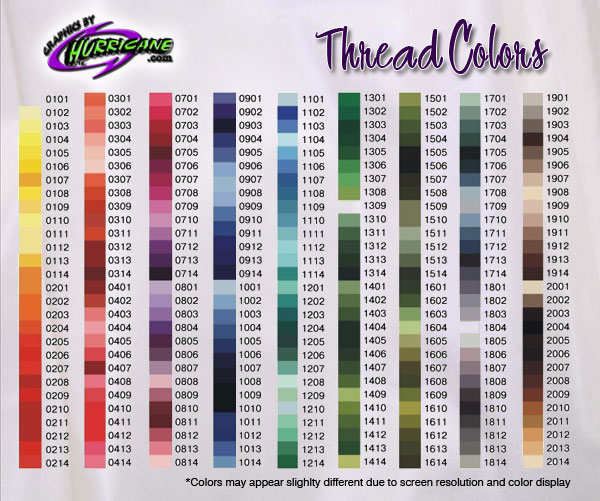

This project is a gift for one of my friends who loves the color pink, or “blush” to be more specific. I left the leaves the same as the original. The original flowers consisted of yellows, peach, and pinks (example of an analogous color scheme). In my example, I converted Peacock & Fig’s No Words Needed. This is the easiest transition because you are only using one color. Monochromatic is the use of one color utilizing lighter and darker values. I will explain everything as simply as possible and provide lots of examples. We will be referencing the color wheel a lot.įear not. Also, this part helps if you have a color wheel. Here’s where things may get a little complicated because we are going to use some fancy art terminology. If the piece just contains solid colors and no shading, you could also use values as additional “colors.” Instead of having to choose completely different colors, use different variants of the color family.

DMC names their colors variations of light, medium, and dark. The most accurate way to convert from one color to another is by choosing colors that are the same shade. This is easily done using DMC’s color card because it groups the floss by color families. Giving highlights and shading to your project will add depth. Values are the lightness or darkness of a color. The rest of the process becomes easier once you have your initial color chosen. You can pick any color from DMC’s color card or pick a color from your stash. Not only did I switch the floss from Gentle Arts Sampler Threads to DMC, but I changed the palette from warm to cool colors using blues, blue-greens, and cool toned grays. In this example, I converted colors for Oh Whale by Hands on Design. However red-violet has a warm undertone compared to blue-violet which has a cool undertone. This can give enough variety so that your project doesn’t blend together as much.įor example, the color violet is a cool color. They are called receding colors because these colors get pushed backwards.Ĭool colors make great backgrounds and fabric choices.Ĭolors can also have warm or cool undertones. Use warm colors to have the focal point of your project protrude forward.Ĭool colors, also known as receding colors, include greens, blues, and purples. They are called advancing colors because they stand out and capture your attention more than cool colors. Warm colors, also known as advancing colors, include reds, oranges, and yellows. These are just some concepts that I want you to keep in mind as we move forward. What do you want your project to say? Is it sophisticated with muted tones or fun with bright hues? For example, my favorite color is yellow because it’s bright and cheery, and reminds me of sunshine. Various colors subliminally make you feel certain ways and represent different emotions. Think about the overall tone or mood you want to convey. If I’m making a wedding gift, I will use their wedding colors and so on.


If the project is a gift, I like to include the recipient’s favorite color or colors. Since my favorite color is yellow, I try to incorporate yellow into the pattern. Usually, I have a key color that I want to focus on.


 0 kommentar(er)
0 kommentar(er)
